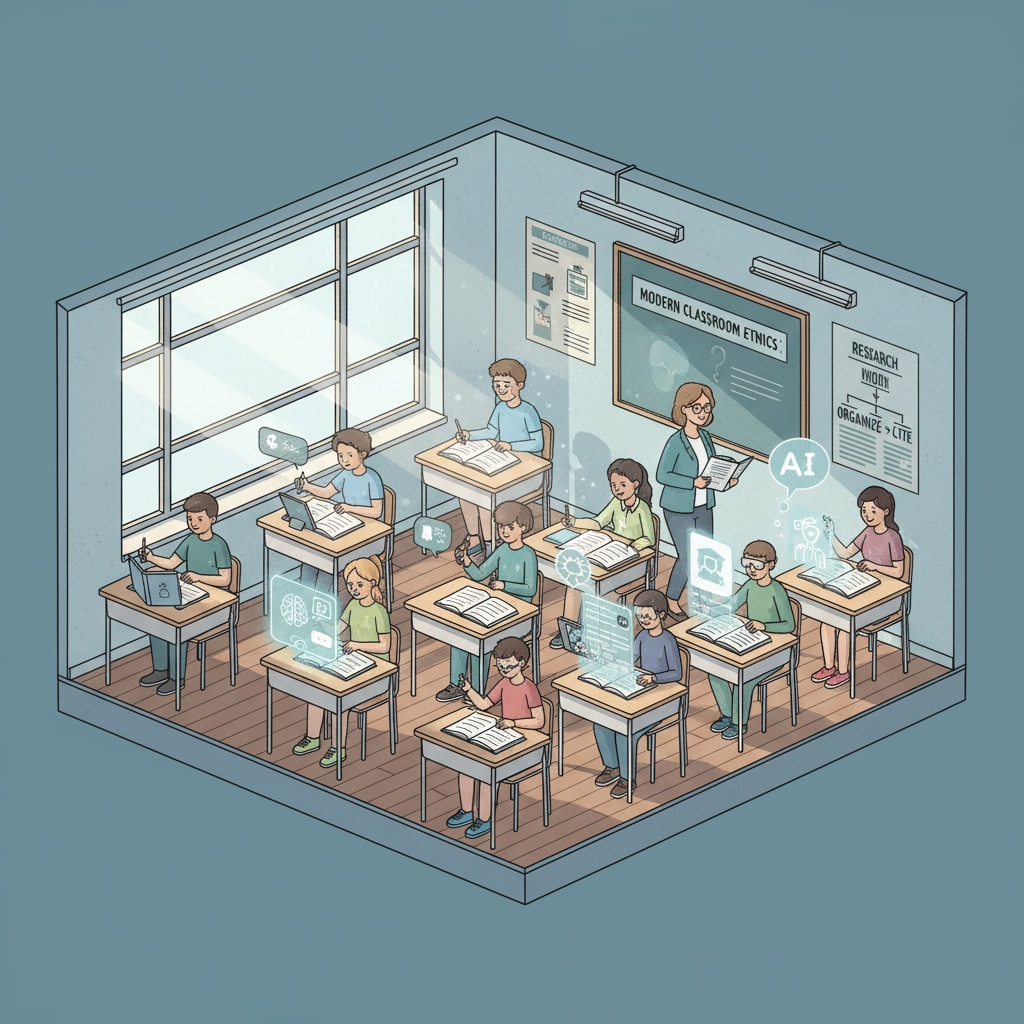In the era of rapid technological advancement, student cheating, ChatGPT, and homework have become intertwined in complex ways. The emergence of powerful AI tools like ChatGPT has revolutionized the way students might attempt to cheat, posing a significant challenge to traditional homework practices. For instance, students can now simply input a homework question into ChatGPT and receive a detailed answer within seconds. This not only undermines the educational purpose of homework but also distorts the assessment of students’ true knowledge and skills. ChatGPT on Wikipedia
The New Face of Student Cheating
AI tools have made cheating more accessible and harder to detect. In the past, students might have resorted to copying from classmates or using unauthorized materials. However, with ChatGPT, they can get custom-written responses that appear original. Teachers are now faced with the difficult task of differentiating between genuine student work and AI-generated content. This new form of cheating is not only a violation of academic integrity but also hinders students’ own learning process.

Rethinking the Nature of Homework
To combat AI-assisted cheating, it’s essential to reflect on the fundamental purpose of homework. Homework is not just about getting answers but about promoting critical thinking, problem-solving, and independent learning. Instead of assigning tasks that can be easily answered by AI, educators should design homework that requires students to engage deeply with the material. For example, projects that involve research, analysis, and personal insights are less likely to be completed by AI. Education on Britannica

In addition to redefining the nature of homework, educators can also implement technological solutions to detect AI-generated content. There are already some tools available that can analyze the writing style, language patterns, and originality of a piece of work to determine if it was created by AI. However, these tools are not perfect and should be used in conjunction with human judgment. Another approach is to create an environment where students understand the importance of academic integrity. By educating them about the negative consequences of cheating and the value of honest learning, students may be less likely to resort to using AI for improper purposes. Overall, in the age of ChatGPT, a multi-faceted approach is needed to address student cheating and redefine homework for the betterment of education.
Readability guidance: The article uses short paragraphs to make the content more digestible. Each H2 section provides key points related to student cheating, ChatGPT, and homework. The language is kept simple and direct, with an emphasis on active voice and the use of transition words like “however” and “in addition” to enhance the flow of the article.


